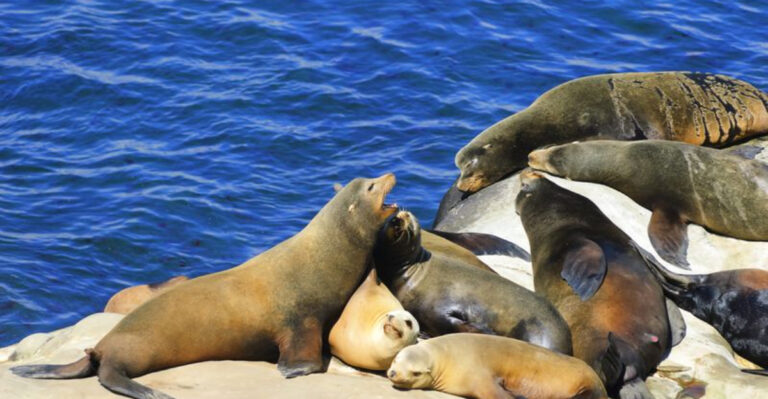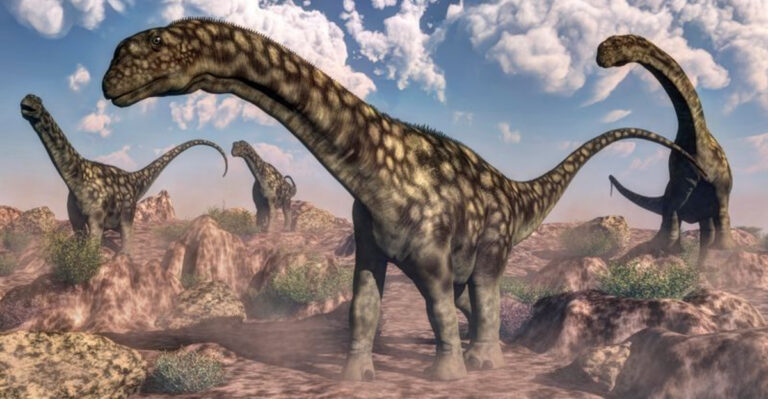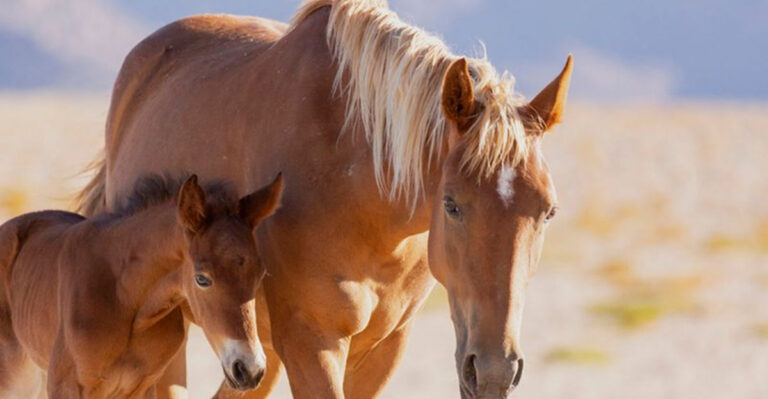Are Grizzly Bears Going Extinct? 12 Places They’re No Longer Found
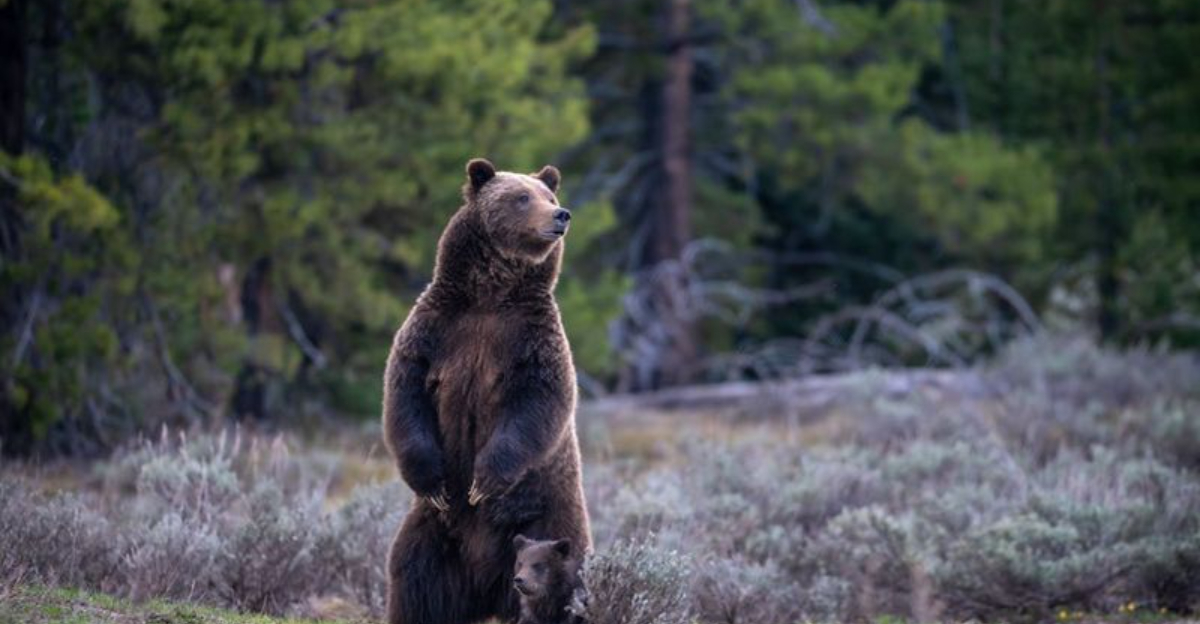
Once roaming across vast territories of North America, grizzly bears have disappeared from many of their historic ranges.
These massive creatures, known for their distinctive shoulder humps and powerful claws, now occupy just a fraction of their original habitat. Human expansion, hunting, and habitat destruction have pushed these iconic animals out of areas where they once thrived, raising concerns about their future survival.
1. California’s Golden Hills
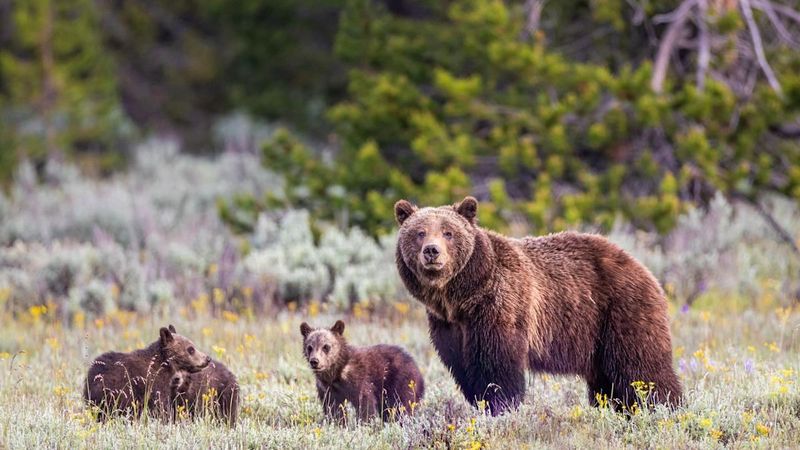
Despite being the symbol on California’s state flag, grizzlies vanished from these golden hills by 1924. The last known California grizzly was shot in Tulare County after decades of hunting and poisoning campaigns.
Gold rush settlers viewed these bears as dangerous threats, leading to systematic elimination. Today, only the name ‘Golden State’ and flag imagery remain as bittersweet reminders of these magnificent creatures.
2. Mexico’s Sierra Madre
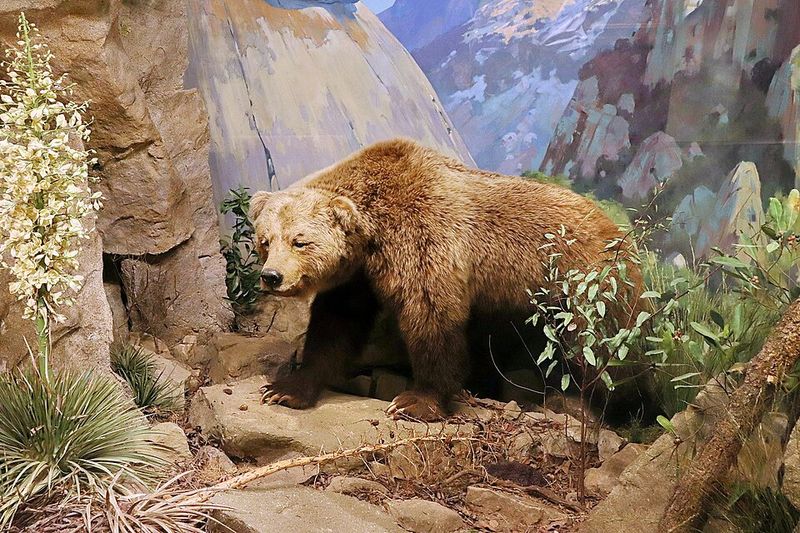
Rugged mountains once echoed with the sounds of Mexican grizzlies, a smaller subspecies that roamed the Sierra Madre. By 1964, these bears were declared extinct after ranchers and government-sponsored hunting programs eliminated them.
The last confirmed sighting occurred in Sonora during the 1960s. Local legends still tell stories of these bears, though scientists believe they’re gone forever from these peaks.
3. Great Plains Prairie Lands
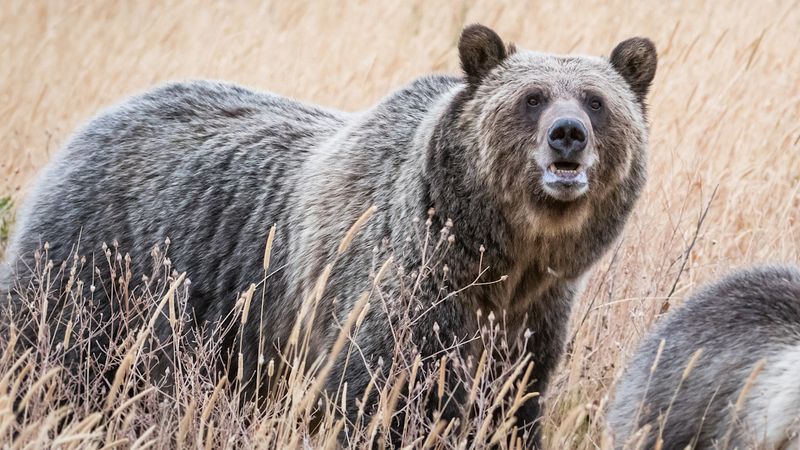
Endless grasslands once supported numerous grizzlies that followed bison herds across the Great Plains. Early explorers like Lewis and Clark frequently encountered these bears throughout their journey.
As settlers moved westward, both bison and grizzlies disappeared from these prairies. By the early 1900s, not a single grizzly remained in this vast ecosystem where they once hunted and foraged freely among the tall grasses.
4. Arizona’s Desert Mountains
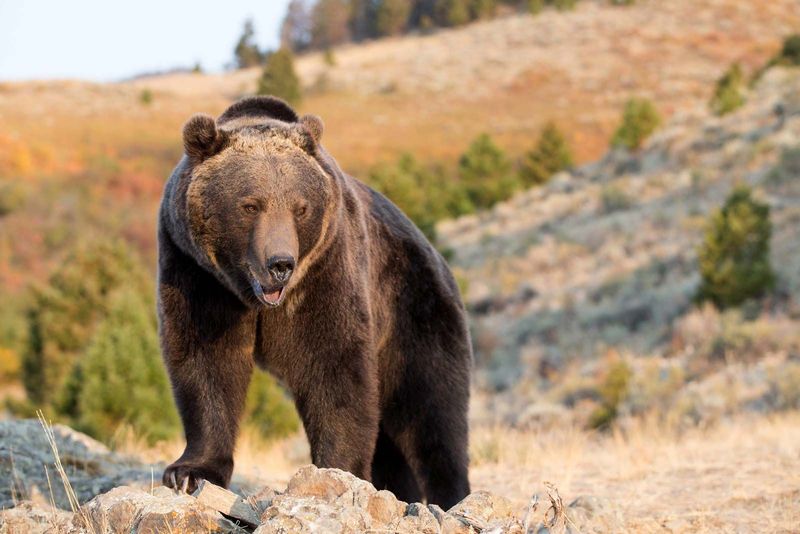
Surprisingly, grizzlies once thrived in Arizona’s seemingly inhospitable mountain ranges. The last confirmed Arizona grizzly was killed in the White Mountains during 1935.
Before their disappearance, these bears adapted remarkably to desert life, feeding on cactus fruits and migrating between mountain ranges. Now, black bears are the only remaining bruins in a state that once hosted both species across its diverse landscapes.
5. Utah’s Wasatch Range
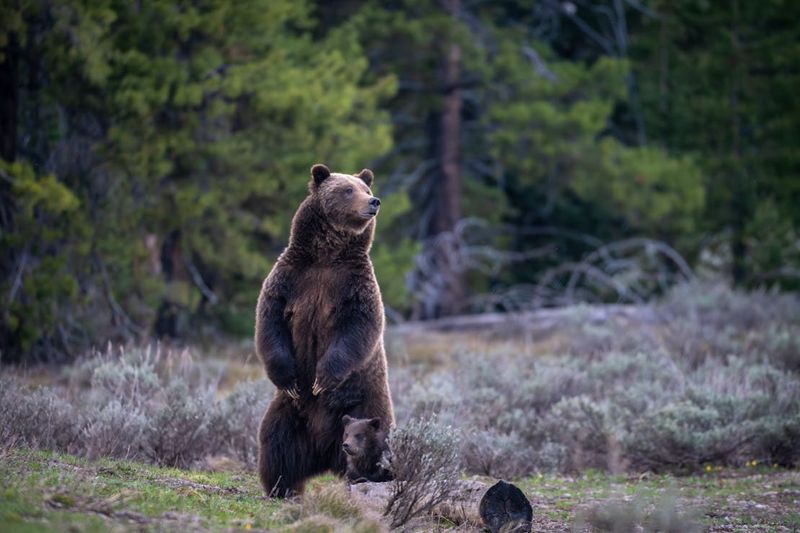
Towering peaks of Utah’s Wasatch Range formerly sheltered significant grizzly populations. The last confirmed Utah grizzly was killed near Escalante in 1923, ending their presence in the state.
Mormon settlers viewed these bears as threats to livestock and safety. Historical accounts describe grizzlies roaming Salt Lake Valley before human development. Today, hikers in these mountains will never encounter the massive tracks that once marked these trails.
6. Oregon’s Cascade Mountains
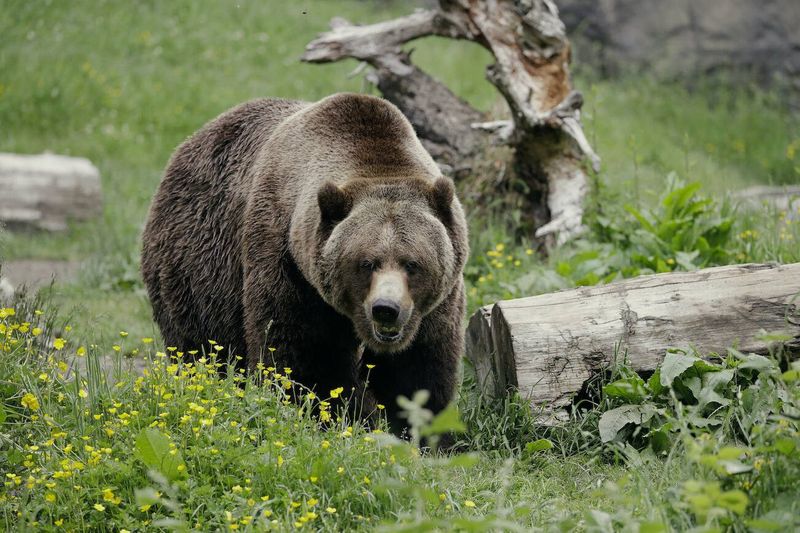
Lush forests of Oregon’s Cascades once harbored healthy grizzly populations. Trappers’ records from the 1800s describe abundant bears throughout these mountains and valleys.
By the 1930s, aggressive hunting and habitat changes eliminated grizzlies from Oregon landscapes. The last confirmed Oregon grizzly was shot in the Wallowa Mountains in 1931. Despite occasional unconfirmed sightings, scientific evidence suggests they’re gone from this Pacific Northwest state.
7. Colorado’s Rocky Mountain Valleys
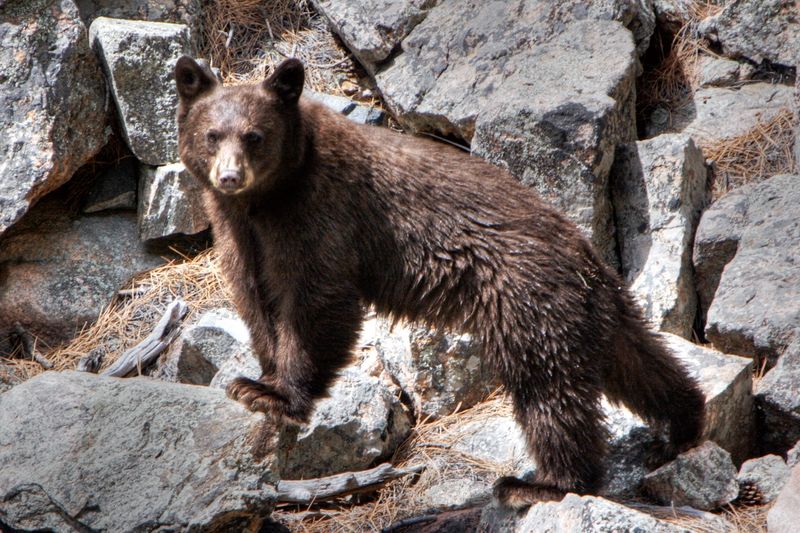
Famous explorer Zebulon Pike documented numerous grizzlies in Colorado’s mountains during his 1806 expedition. These bears thrived in alpine meadows and forests until relentless persecution began.
The last confirmed Colorado grizzly died tragically in 1979 when a hunter killed a female bear in the San Juan Mountains. Despite occasional reported sightings, extensive wildlife surveys have found no evidence of remaining grizzly populations in Colorado’s majestic mountain ranges.
8. Nebraska’s River Valleys
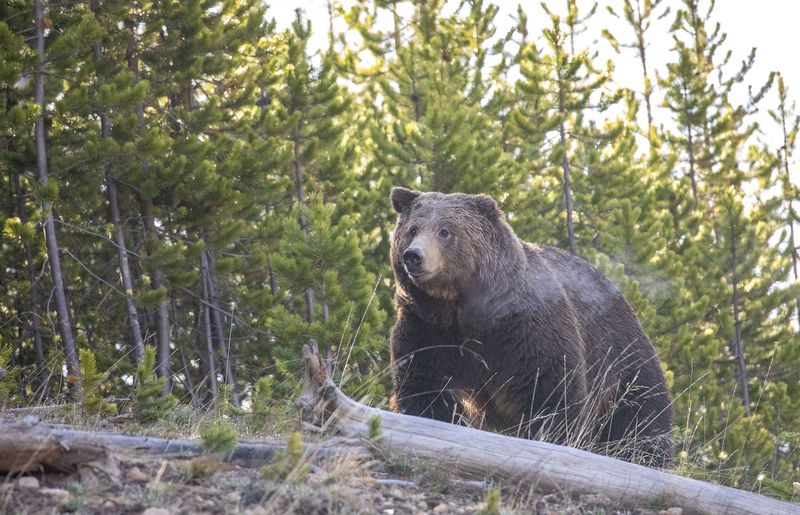
Fertile corridors along Nebraska’s Platte and Missouri Rivers once supported surprising numbers of grizzlies. Early pioneers frequently mentioned encounters with these bears in their journals while traveling westward.
Habitat conversion to farmland and systematic hunting eliminated Nebraska’s grizzlies by the late 1800s. The state’s last recorded grizzly was killed near present-day Chadron in 1889. Today, corn fields and ranches stand where these massive predators once roamed.
9. New Mexico’s Northern Mountains
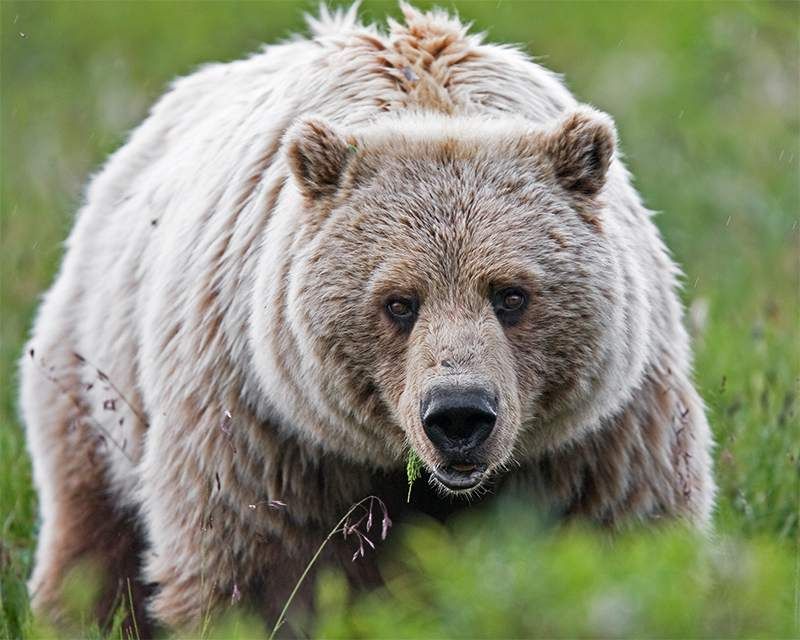
Rugged wilderness areas in northern New Mexico provided ideal grizzly habitat until the early 20th century. Spanish explorers documented numerous encounters with ‘osos pardos’ throughout the region.
The state’s last confirmed grizzly was killed in 1931 near Taos. Before their disappearance, these bears played important roles in Pueblo and Navajo cultural stories. Today, black bears remain the sole bruin species in landscapes that once supported both types.
10. South Dakota’s Black Hills
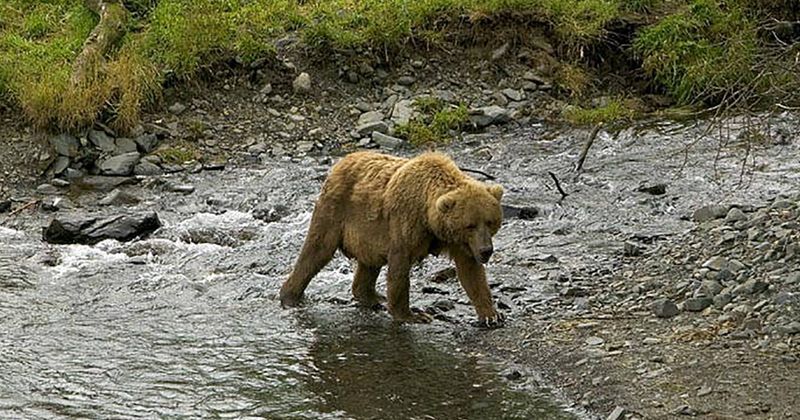
Sacred to Native Americans, the forested Black Hills once harbored healthy grizzly populations. Lewis and Clark’s expedition journals mention numerous grizzly encounters throughout the region in 1804.
Gold rush activity and settlement in the late 1800s drove these bears to extinction in South Dakota. The last confirmed grizzly in the state was killed near Speardish in 1897. Despite their cultural significance to Lakota people, these bears disappeared forever from this unique island of mountains.
11. Nevada’s Great Basin Ranges
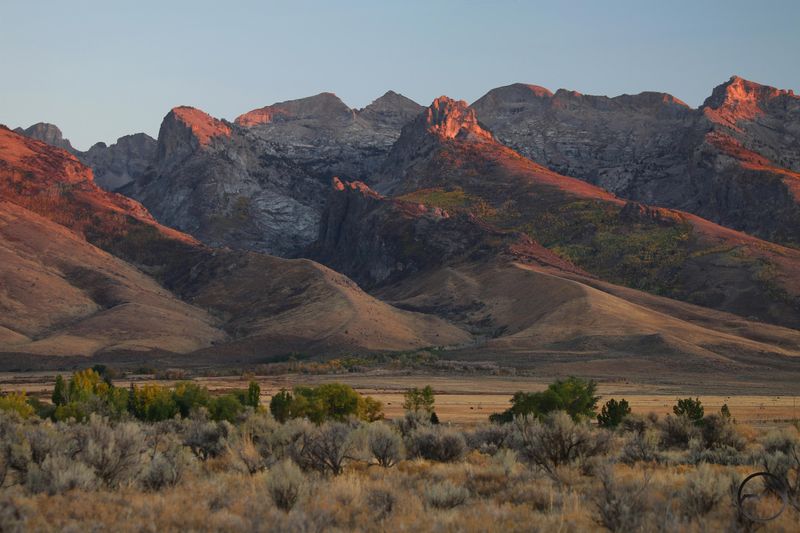
Isolated mountain “islands” rising from Nevada’s desert basins previously supported scattered grizzly populations. These bears survived in surprising numbers until European settlement expanded across the region.
Mining operations and ranching led to systematic elimination of Nevada’s grizzlies by the early 1900s. The last documented Nevada grizzly was killed in the Ruby Mountains in 1908. Today, these remote ranges remain permanently altered without their former apex predator.
12. Kansas Prairies And River Bottoms
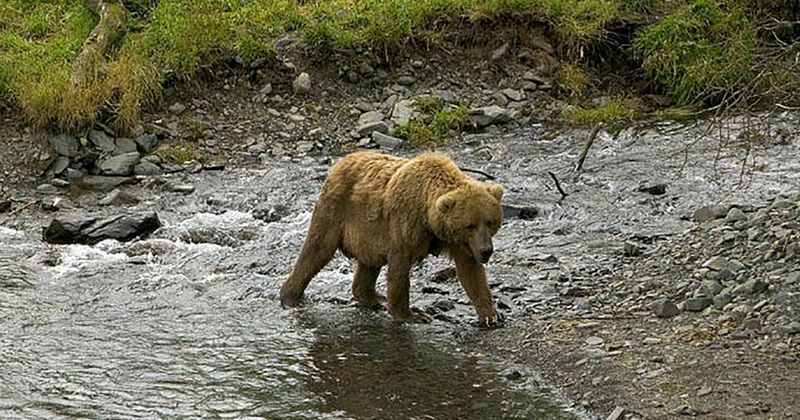
Surprisingly, grizzlies once roamed across Kansas, particularly along wooded river corridors cutting through the prairies. Early explorers and settlers frequently encountered these bears along the Arkansas and Republican Rivers.
As railroads expanded and settlement increased, Kansas grizzlies quickly disappeared. By 1880, they were completely eliminated from the state. Historical records from Fort Hays and other military outposts document the final decades of these prairie grizzlies.


